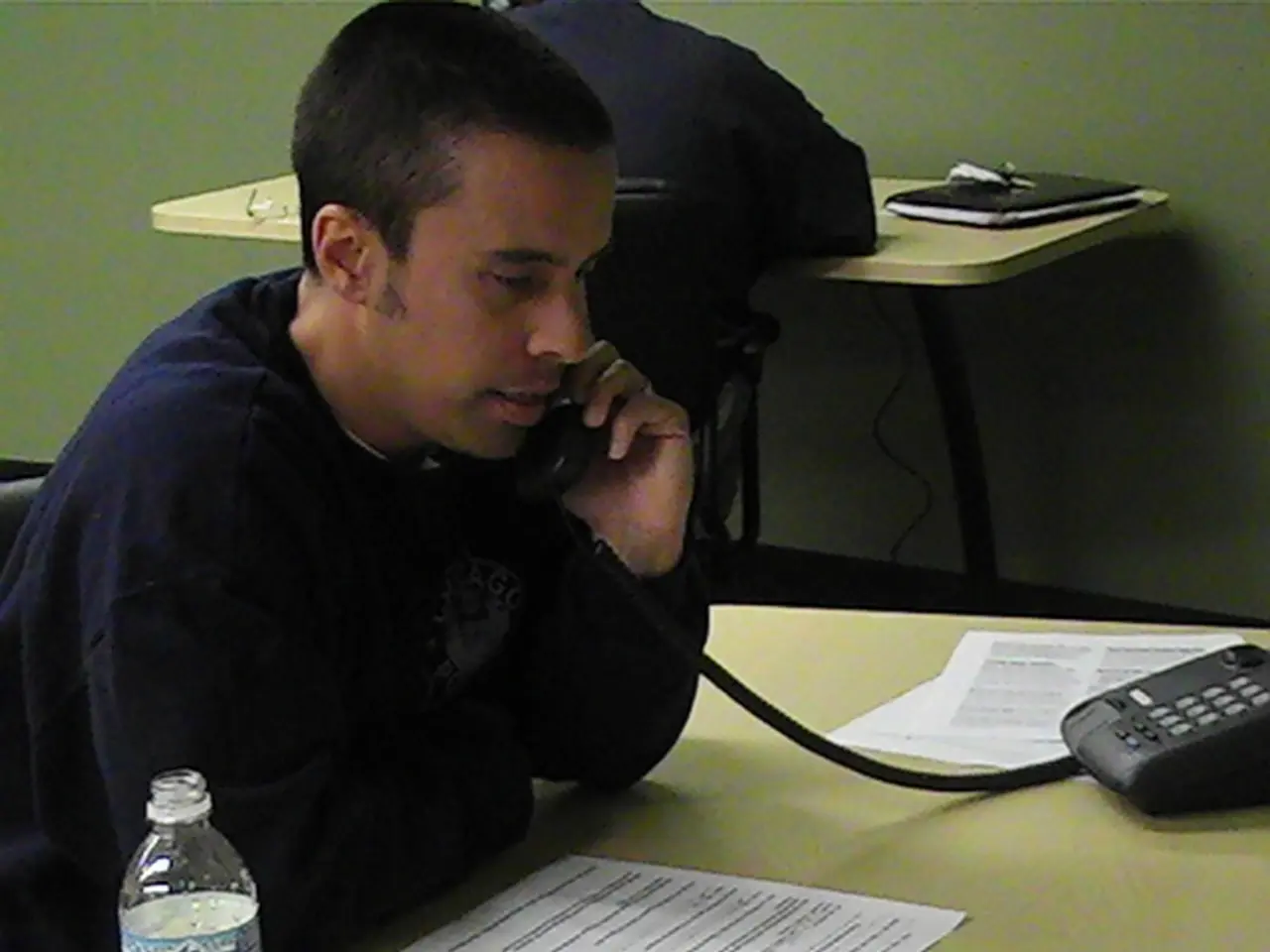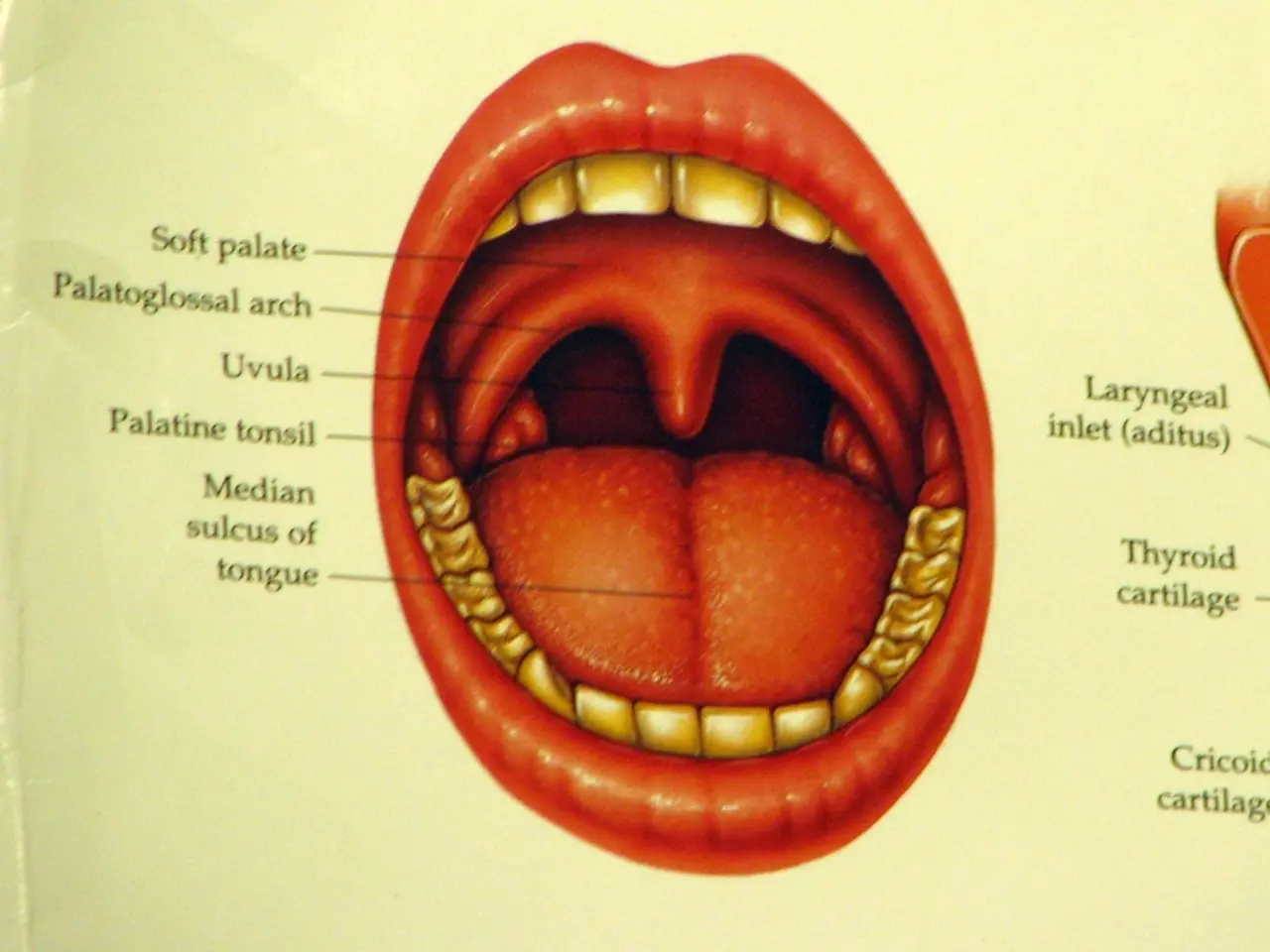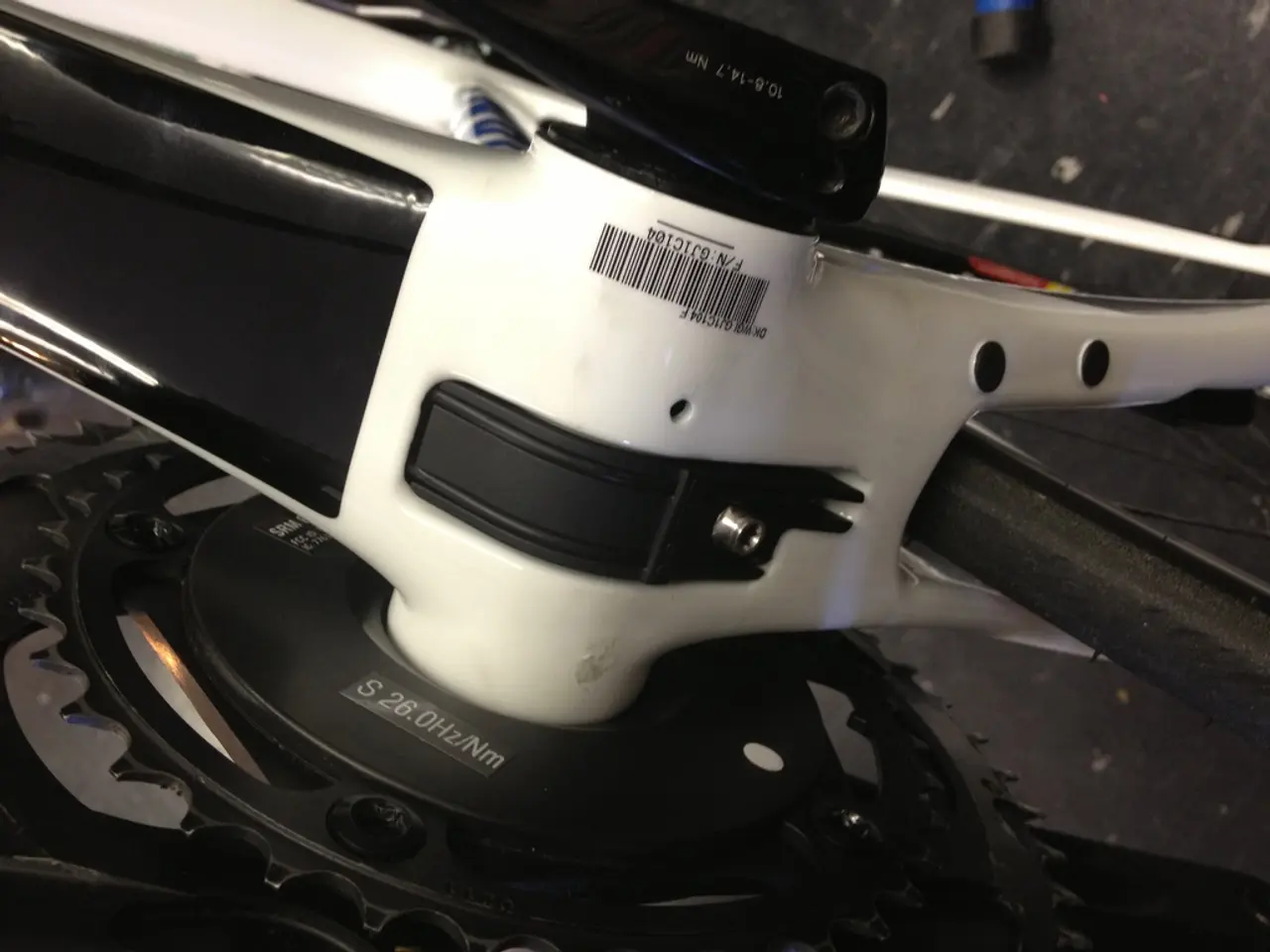Radiofrequency Ablation: A medical procedure using high-frequency electrical energy to treat various conditions, including heart arrhythmias and tumors, by destroying targeted tissue.
In the ever-evolving world of medical technology, Radiofrequency Ablation (RFA) devices are making significant strides, offering promising treatments for various conditions. Researchers are currently exploring the potential of RFA for treating conditions such as Ventricular Tachycardia, Barrett's Oesophagus, long-term treatment of chronic lower back pain, and hypertension through renal denervation [1].
First introduced commercially in the early 1950s, RFA devices have since been used to treat numerous conditions associated with nerve pain or diseased tissue [2]. They have proven to be a viable alternative when surgical intervention isn't feasible due to a tumor's position or a patient's general health condition [2].
One of the most common RFA procedures is nerve ablation, used for managing chronic pain when other methods are ineffective [2]. For patients requiring multiple ablations in a single treatment, multi-probe RFA devices may be optimal [2].
Recent advances and research trends in RFA focus on two main directions: developing less-invasive procedures and enhancing treatment selectivity and efficacy. Less-invasive innovations include intraluminal ablation catheters, expandable RF needles, and integrated sensors that enable real-time tissue identification and therapy monitoring [1][2].
On the efficacy front, the field is moving toward improved tissue selectivity and controllability. Pulsed-field ablation (PFA), initially used in cardiac therapies, is being adapted for non-cardiac applications by exploring tissue-specific electrical susceptibilities to minimize collateral damage [1][2]. Steerable probes that allow clinicians to direct energy precisely to diseased tissue while avoiding healthy structures are also a significant development [1][2].
Other technological advances include contact force sensing integrated into ablation catheters, improving procedural accuracy and safety, and the increasing use of advanced mapping technologies such as 3D electroanatomical systems combined with robotic navigation platforms for enhanced precision during electrophysiology (EP) procedures [3].
Regulatory progress is noteworthy; for example, in 2025, Boston Scientific received FDA approval to expand indications for its Farawave and Farawave Nav pulsed field ablation catheters to treat persistent atrial fibrillation [3][4].
In addition to pain management and tumor-reducing cancer treatments, RFA is also used in repairing damaged veins, most commonly in a patient's legs [1]. Thyroid nodules can be treated non-surgically with RFA, offering shorter recovery time, reduced invasiveness, and potential suitability for patients not eligible for open surgery [1].
The North America's RFA devices market is expected to grow to over USD 6.5 million by 2028 [1]. The field of RFA is advancing, with improvements in patient care, more positive outcomes, and greater accessibility to treatment [1].
Vantage MedTEch, a company providing leasable platform systems for validation in both bench and in-vivo settings, offers proprietary platforms that can help reduce the development time to market for RFA projects by 60% [1].
In summary, the latest RFA device innovation is characterized by minimally invasive designs, enhanced targeting precision through integrated sensing and steering technology, expansion of pulsed-field ablation applications beyond cardiology, and regulatory endorsements enabling broader clinical use, all contributing to improved patient outcomes and procedural safety [1][2][3][4].
[1] [https://www.ncbi.nlm.nih.gov/pmc/articles/PMC8000161/] [2] [https://www.ncbi.nlm.nih.gov/pmc/articles/PMC7397677/] [3] [https://www.ncbi.nlm.nih.gov/pmc/articles/PMC7153445/] [4] [https://www.bostonscientific.com/globalassets/pdfs/corp/news/releases/2021/20210901-fda-approval-farawave-nav-pulsed-field-ablation-catheters-to-treat-persistent-atrial-fibrillation.pdf]
- The field of health-and-wellness is witnessing significant advancements with the development of less-invasive medical-technologies such as Radiofrequency Ablation (RFA) devices, which are being used to treat a wide array of medical-conditions, including chronic lower back pain and hypertension through renal denervation.
- In the realm of medtech, researchers are focusing on enhancing therapies-and-treatments by improving the selectivity and efficacy of RFA, with innovations like pulsed-field ablation (PFA) and steerable probes, aiming to reduce collateral damage and increase precision during procedures.
- Ongoing research in the science sector is exploring the potential of RFA in diversifying its applications, such as non-surgical therapies for thyroid nodules, offering patients shorter recovery times, reduced invasiveness, and greater accessibility to treatment.




